Golden Rock Inn
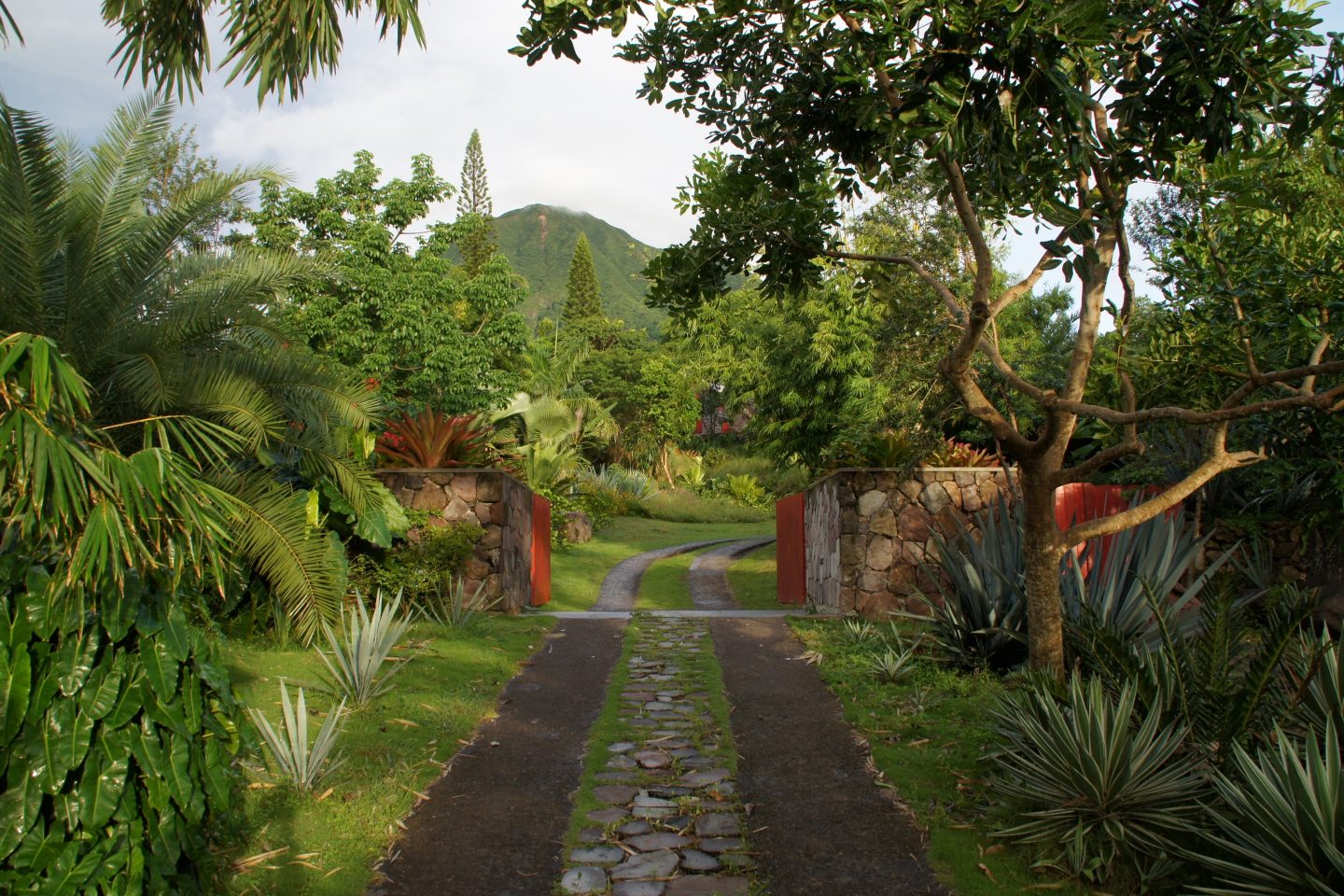
Golden Rock Inn is a centuries-old sugar plantation located on Nevis, a 36-square-mile island in the West Indies. The site is perched 1,000 feet above sea level … Read More
Golden Rock Inn is a centuries-old sugar plantation located on Nevis, a 36-square-mile island in the West Indies. The site is perched 1,000 feet above sea level on the lower side of Mount Nevis, a still towering yet inactive volcano. The new stewards of this intimate hotel, both artists, were attracted to the historic site by the abundance of living things sharing the grounds. The overgrown, relaxed vegetation, and ethereal light, appealed to their well-honed senses. The collaboration that ensued is now a garden that feels a part of the whole.
Unseen forces exerted their influence from beneath the rich Nevis soil that had been cultivated for more than two hundred years. A powerful eruption had flung massive boulders from the apex of Mount Nevis. Where magma once flowed, now life-giving water descends downward from “The Source,” the freshwater spring located four hours up the mountain by foot, accessible only by a nature trail.
While creating the necessary terraces and roads for the new restaurant approach and parking, the site began to generously present her gifts of mass. Boulders, stones, and pebbles in abundance were stockpiled according to scale. These elements were arranged to retain steep slopes, pave, build steps, and add drama. The massive boulders unearthed by the garden building process had been discovered to have a pattern. They flowed down the slope like that of the magma which once flowed in the same location.
Five large boulders pushed off to one side, discovered during the excavation of the new restaurant wing, another collaboration with a renowned British architect, Edward Tuttle, hinted at what was to become the signature garden element…”The Rocks.”
Prior to beginning the project, Raymond met, interviewed, and assembled a team of local nursery owners, landscapers, home builders, and stonemasons. With the project being in such a remote location, it was necessary to work with local nursery owners who were most knowledgeable when it came to arranging international shipments of barge-contained plant material and supplying native material. The plants were then delivered up makeshift roads with steep inclines, and care was given to avoid any road-grazing animals.
Raymond traveled with the clients through the local nurseries and a few private estates with vast plant collections, to create a plant palette and to engage the clients in the selection of plant material. He also took several hiking trips with a local botanist, Jim Johnson, into the rain forests that blanket the dormant volcano, to study the native flora, and to see what local material would grow best in certain areas on-site.
The artists’ love of lush, wild, vegetation directed the usage of many indigenous species, as well as colorful subtropical species from around the world. Water was introduced in the terraced, placid lily ponds that grace the new dining area of “The Rocks,” as well as down a historic wall that once carried water to the original Plantation houses’ cistern which has been restored to diffuse precipitation into the new garden. The water opens from the wall top rill onto an unearthed sculpted boulder, then cascades into a boulder grotto.
Golden Rock Inn is open to the public, regardless of species, as the motions and sounds of the native animals often overpower that of the tourists. Throughout the design process, a need to not only provide habitat, prevent destruction, and circumvent possible animal disturbances was imperative. In the mornings, monkeys pretentiously pick at the low-hanging mangoes, while sheep and goats tread about the site’s restored meadows. Raymond designed a ha-ha wall to maintain an uninterrupted view from the garden and to allow the client to view the animals from his painting studio.
All of the elements that define the art of garden creation are in harmony; light, stone, water, plants, structure, landforms, and sky. The distant soul-searching views towards Montserrat and Antigua through the sculpted ficus tree also integrate the sea with the garden experience of this wind-blown, mountain-side retreat for the soul.
2013 Award of Honor, Florida Chapter American Society of Landscape Architects
Year of Completion
2010
Location
Nevis, West Indies
Client
Brice and Helen Marden
Architect
Ed Tuttle
General Contractor/Equipment Operator
Lescott Construction/Junior Duncan Mills
Landscape Contractor/Plant Suppliers
Plant Creations, Inc., Dreamscapes Caribbean, Ltd., and Fine Things & Mor Nursery
Lighting Consultant
PCL Landscape Lighting Inc.
Photography
David Schroeder, Marion Brenner, Stephen Dunn, Erick Oeseburg, Douglas Friedman
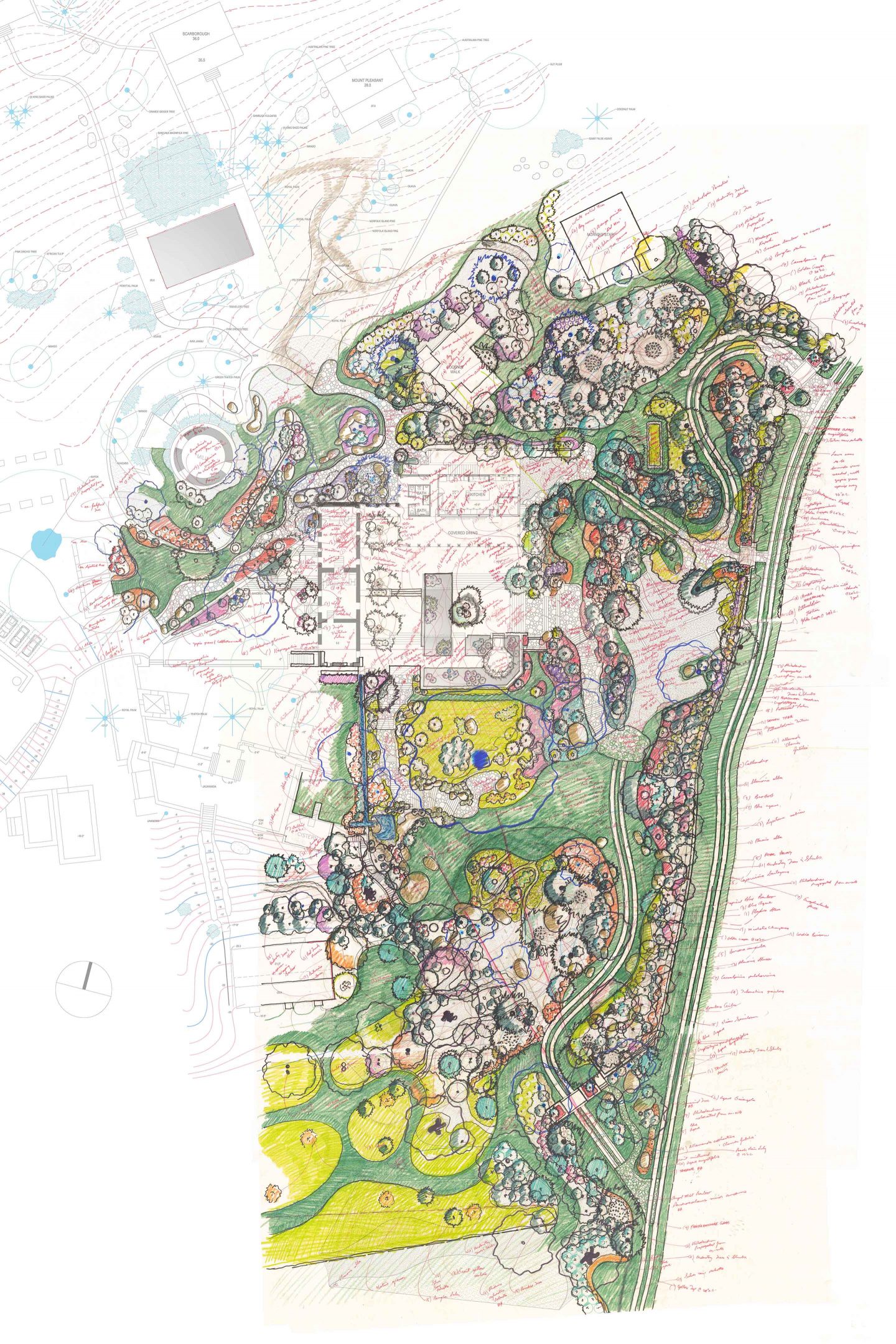
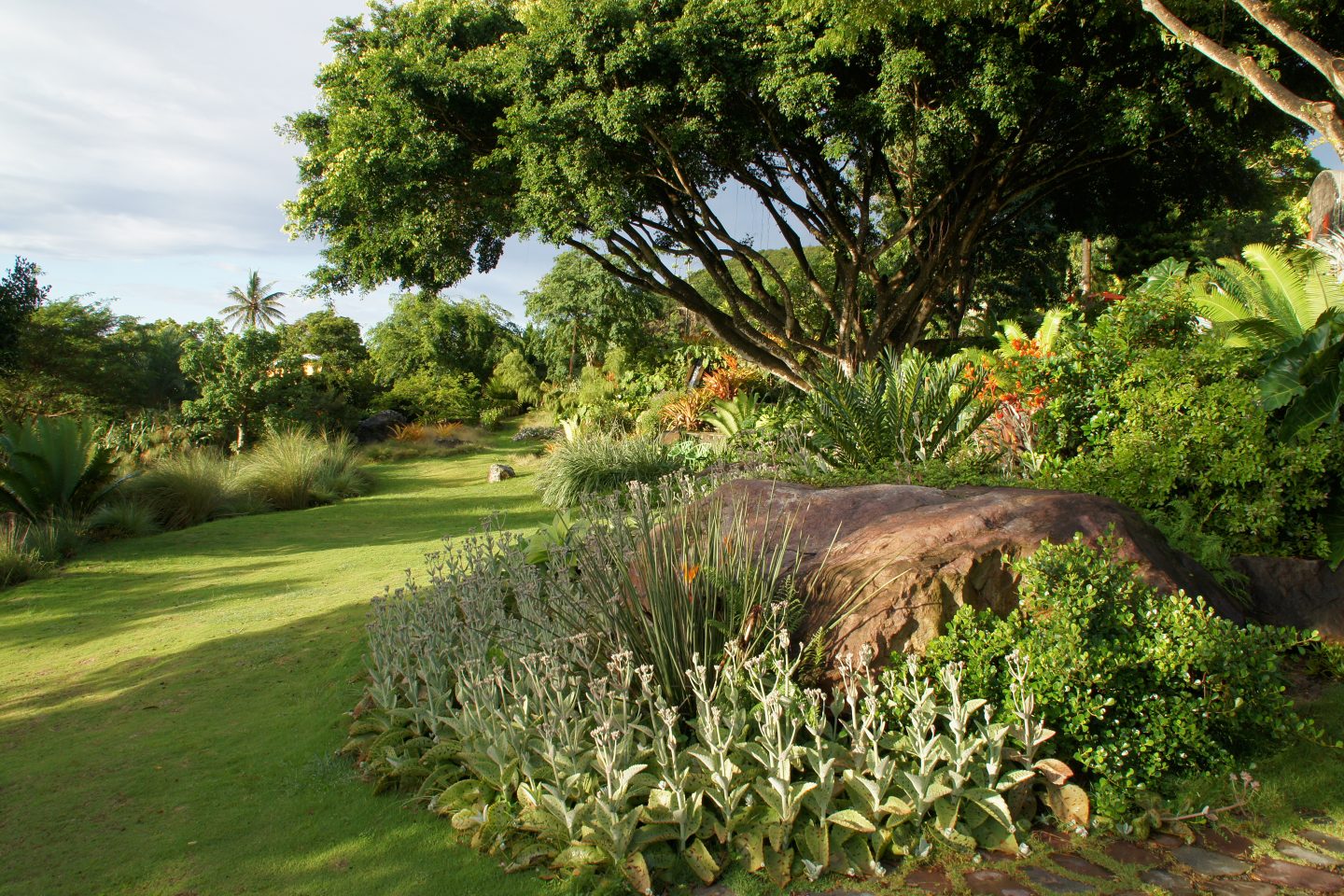
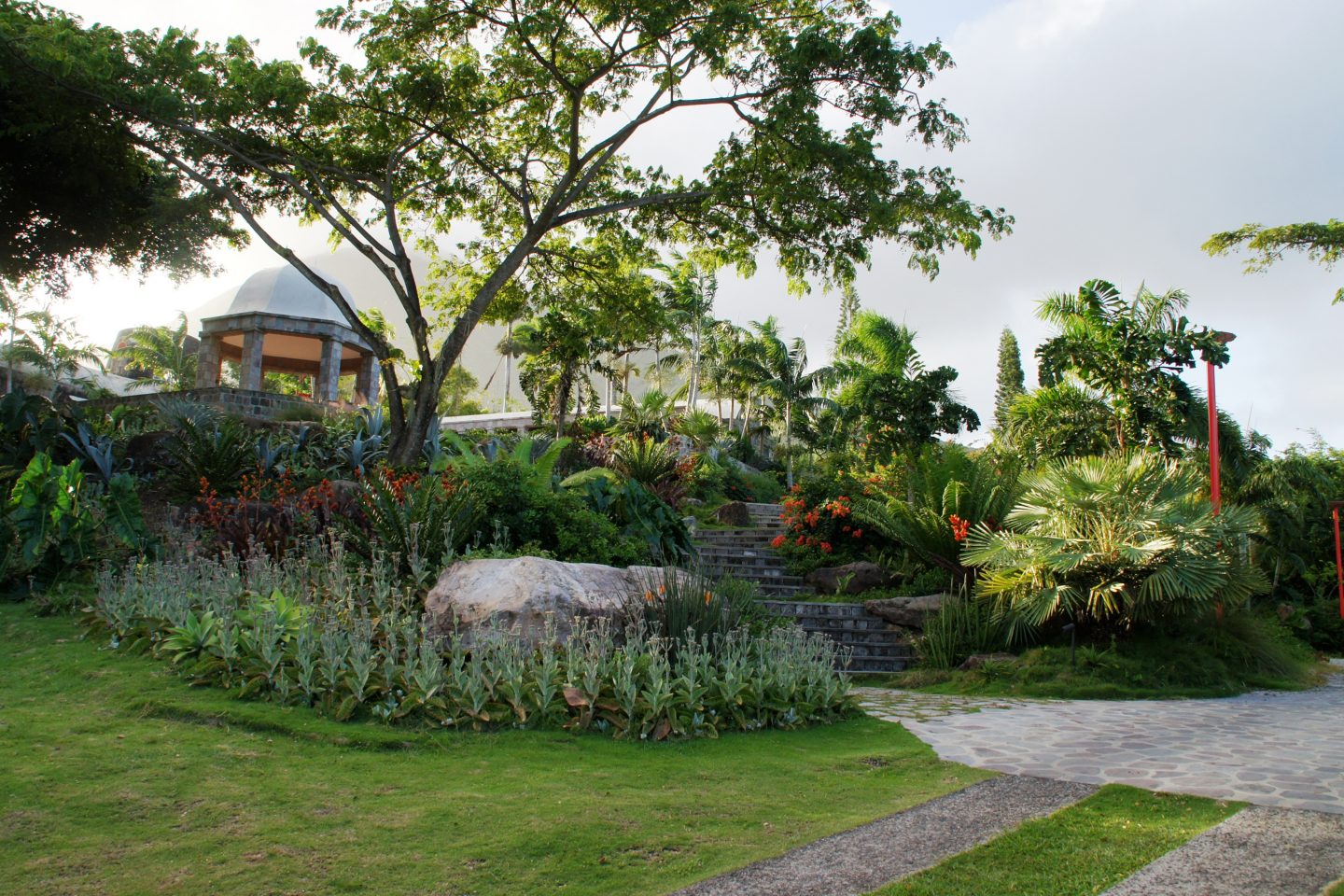
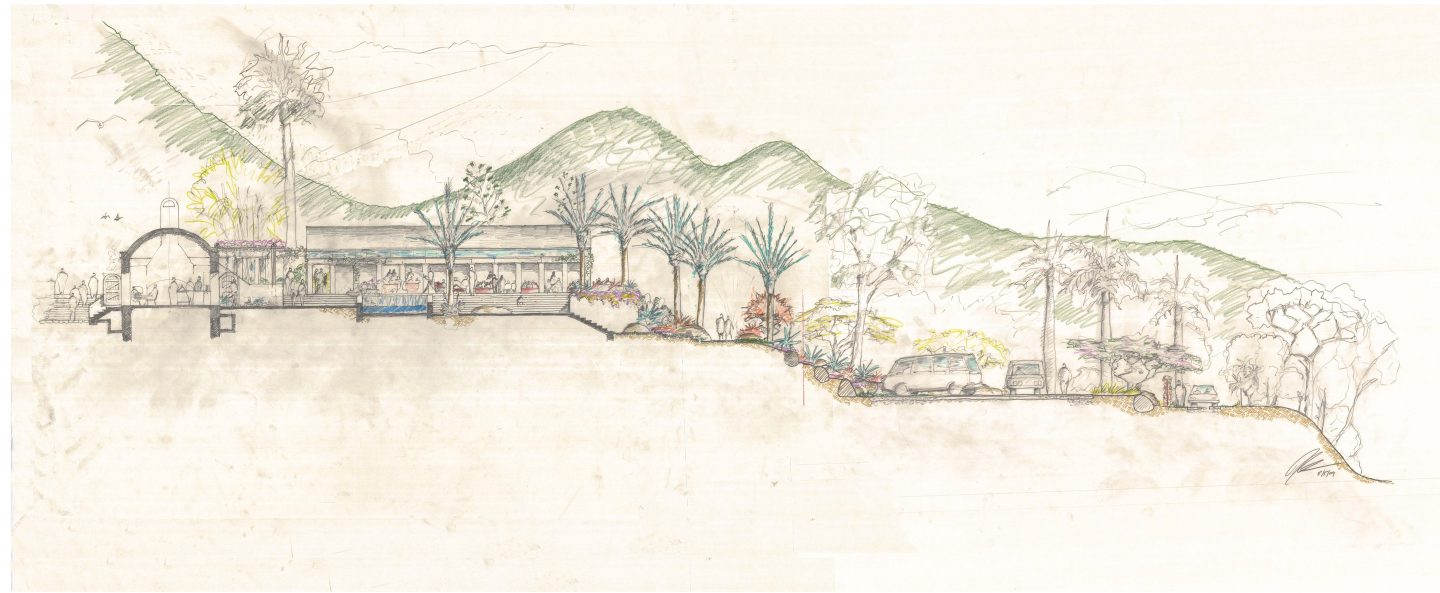
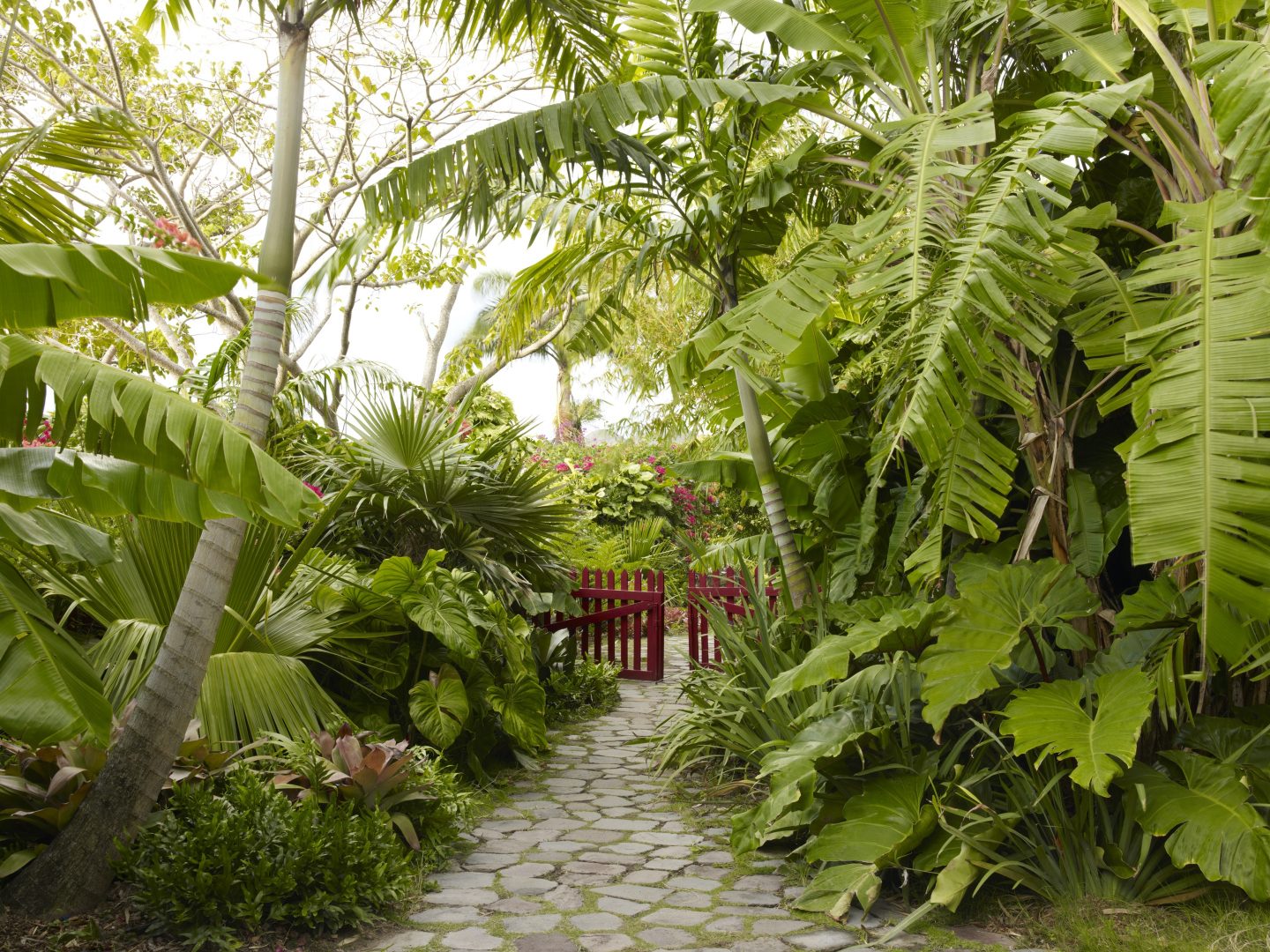
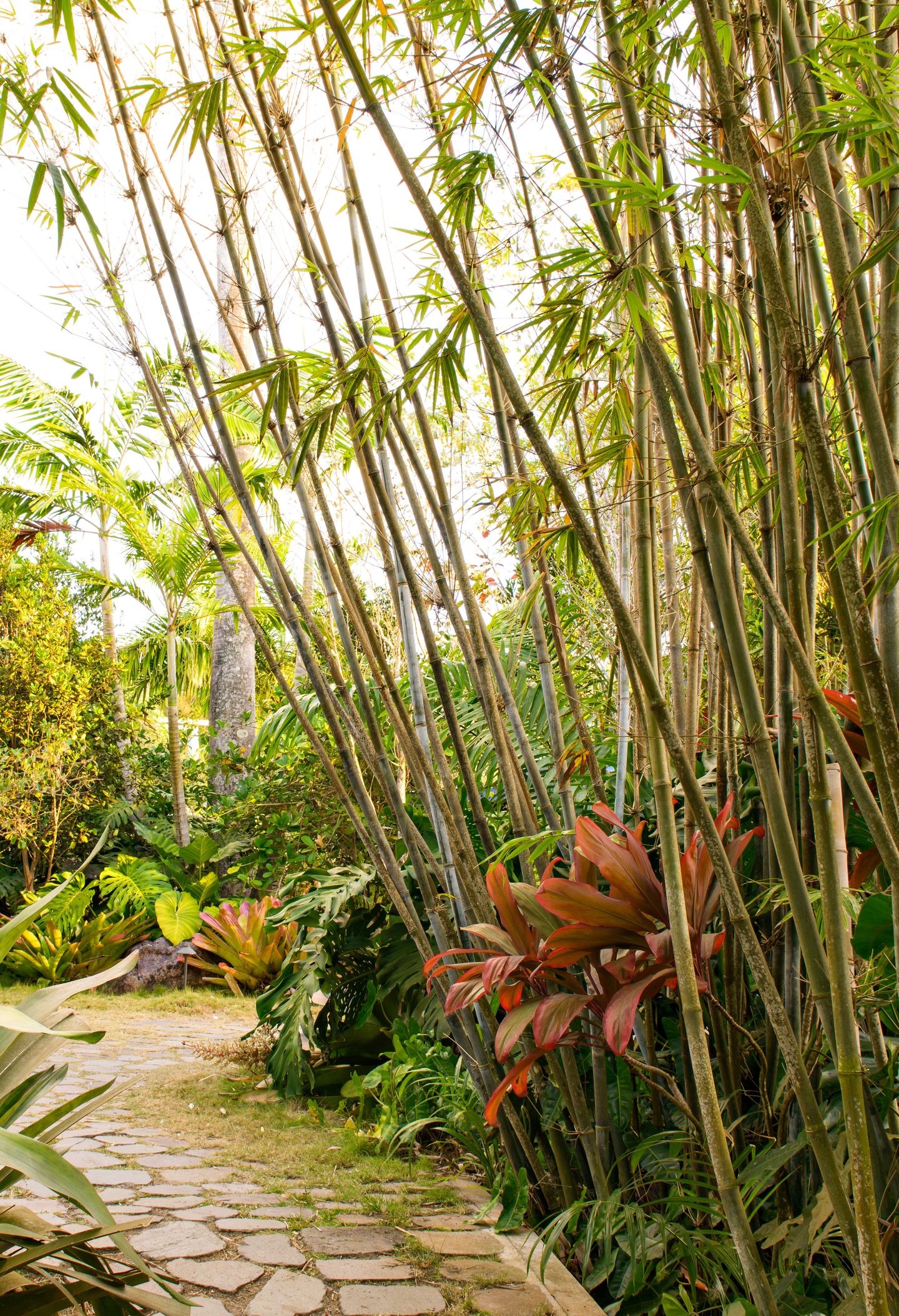
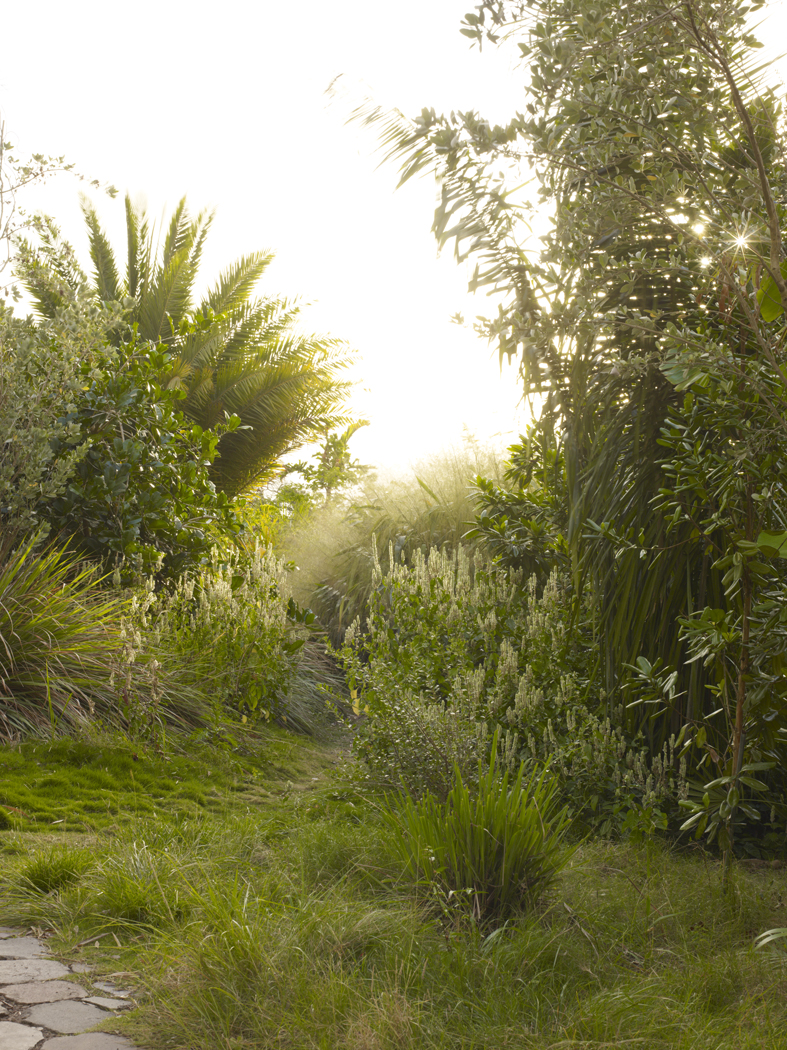
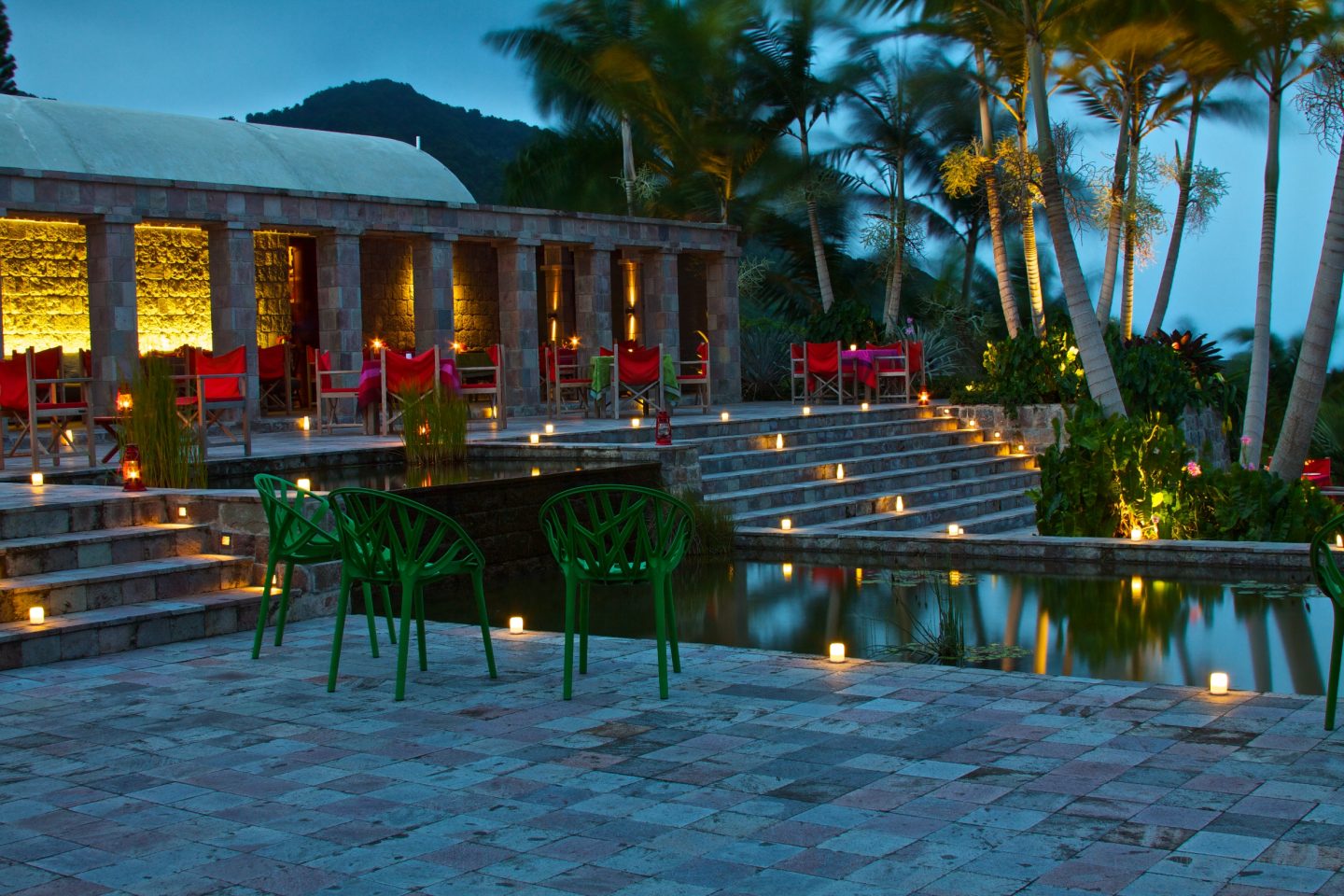
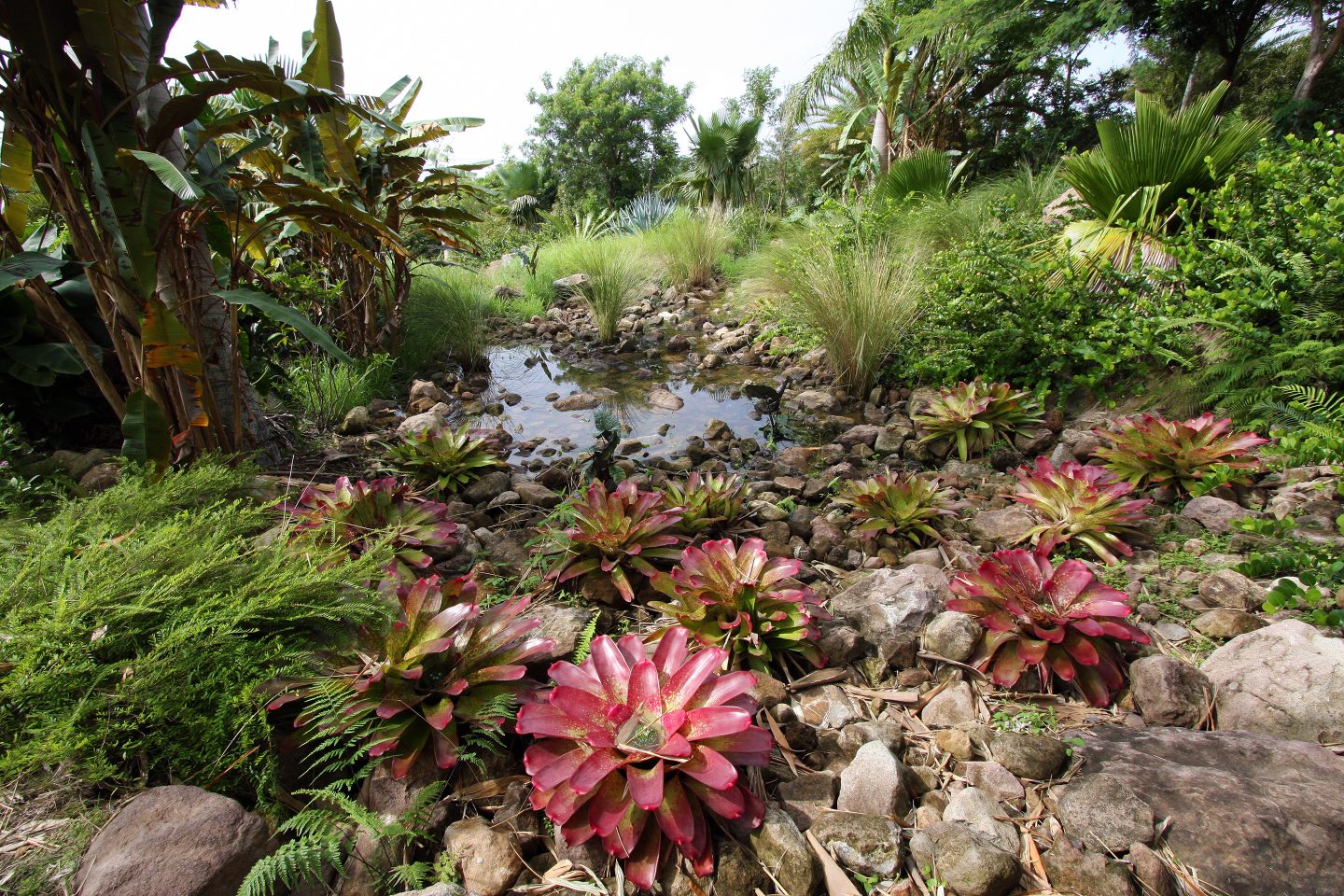
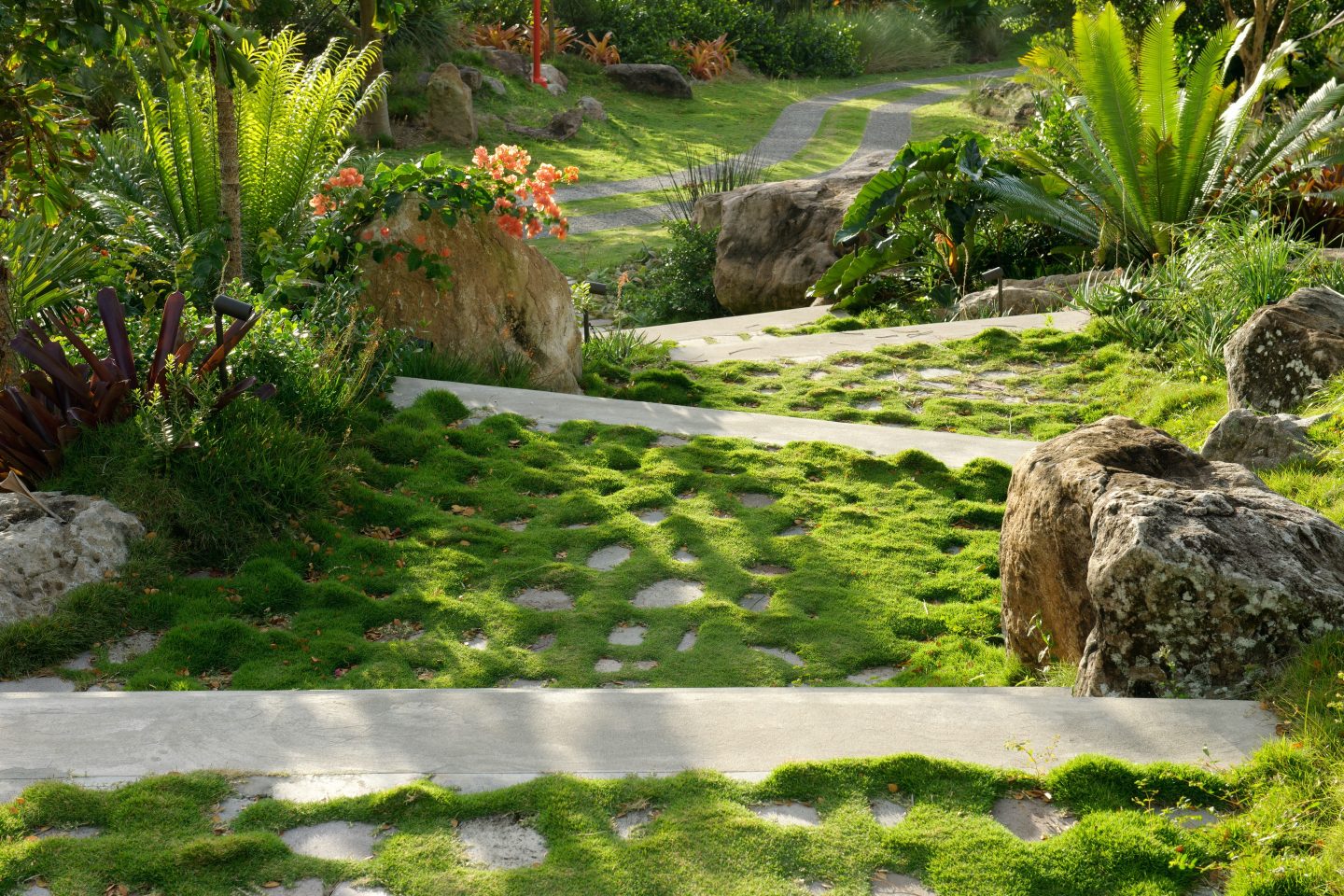
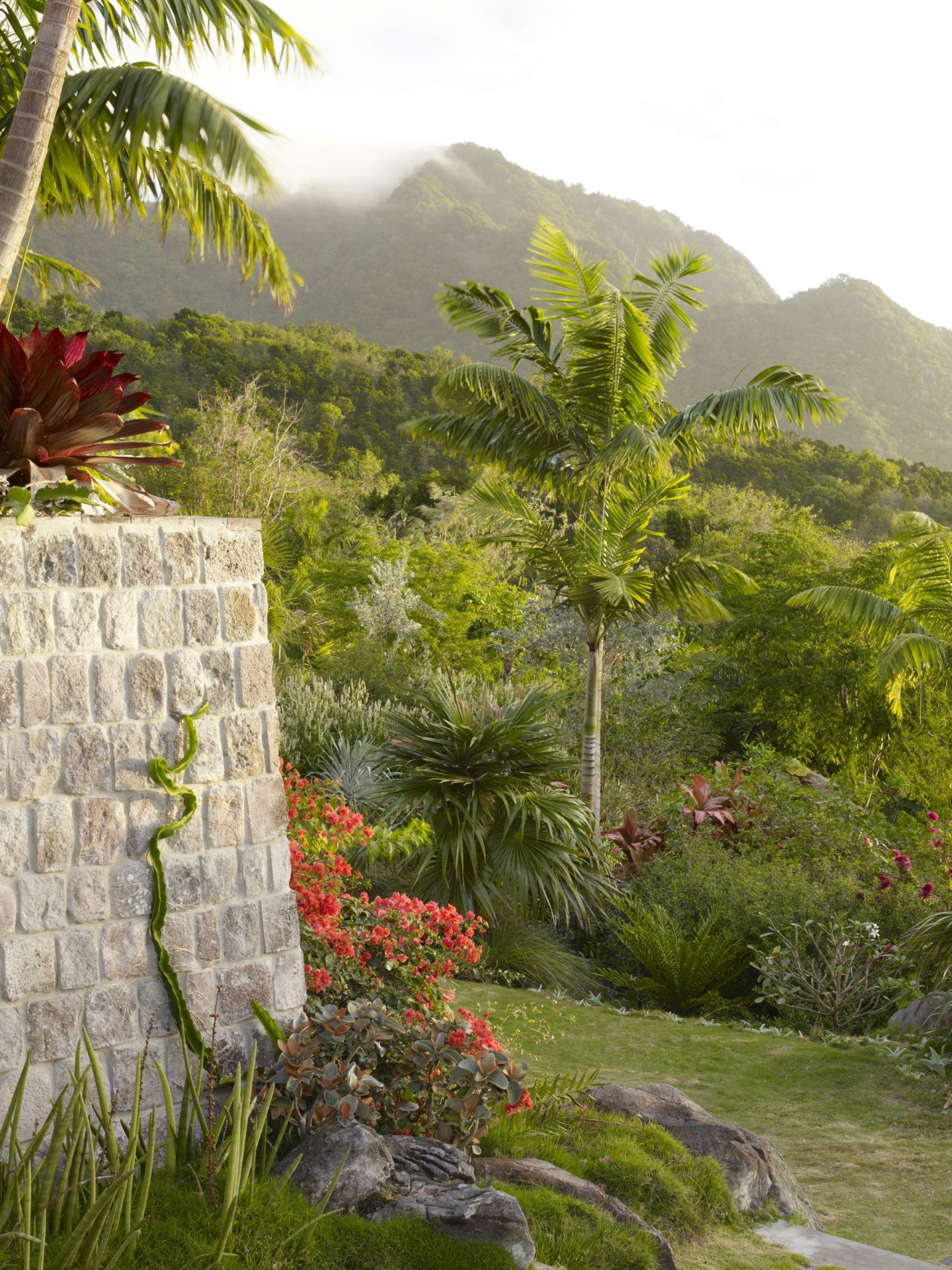
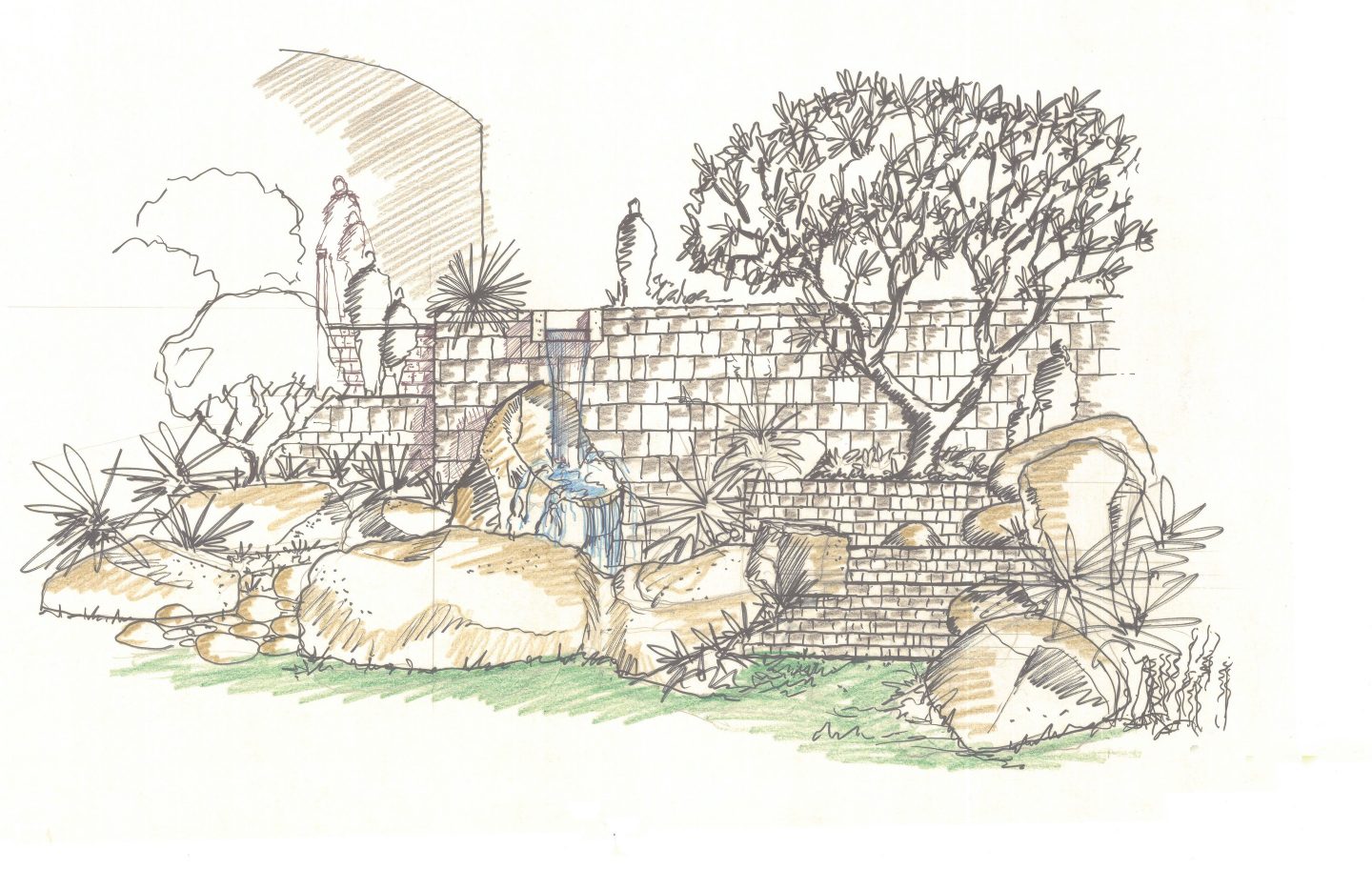
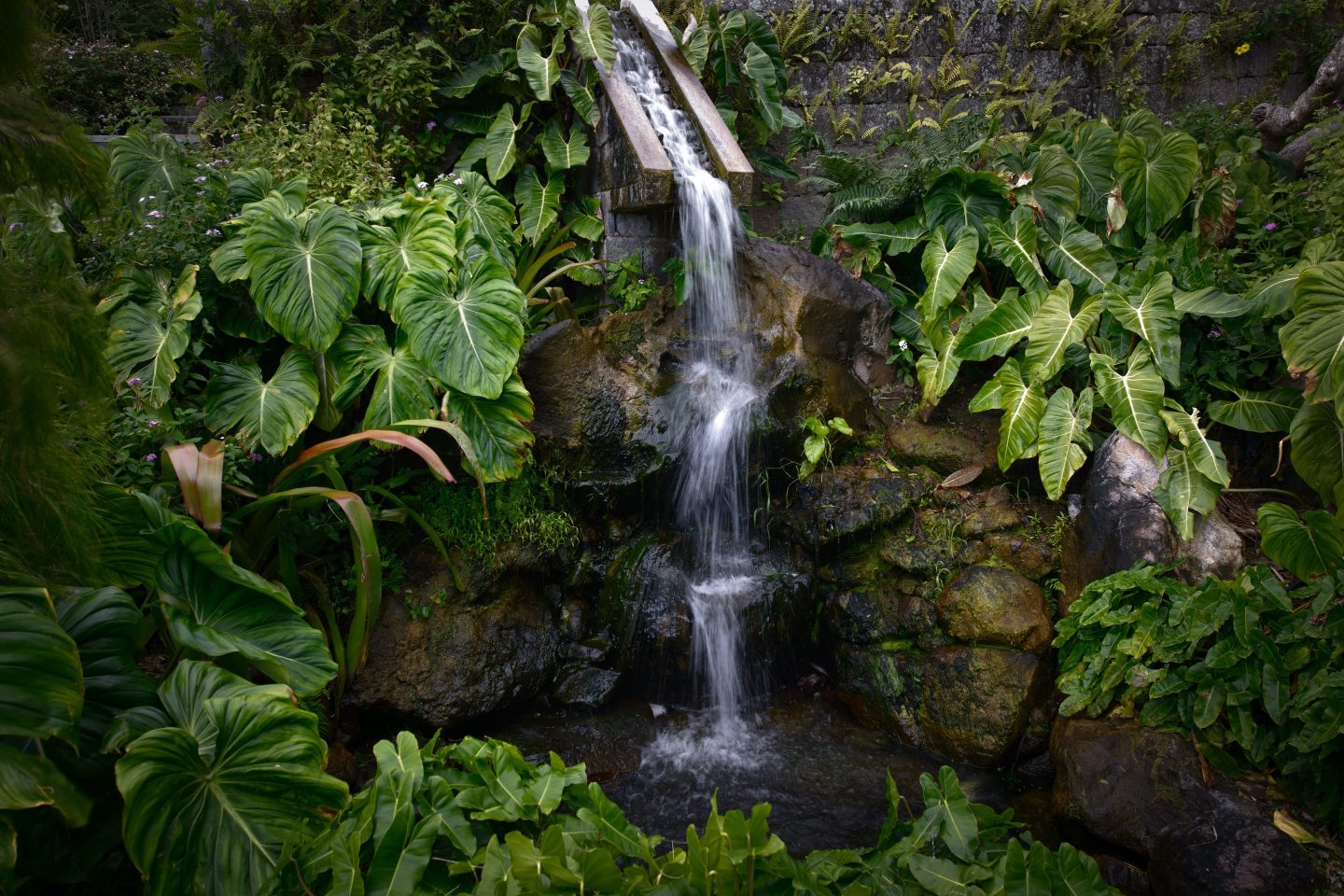
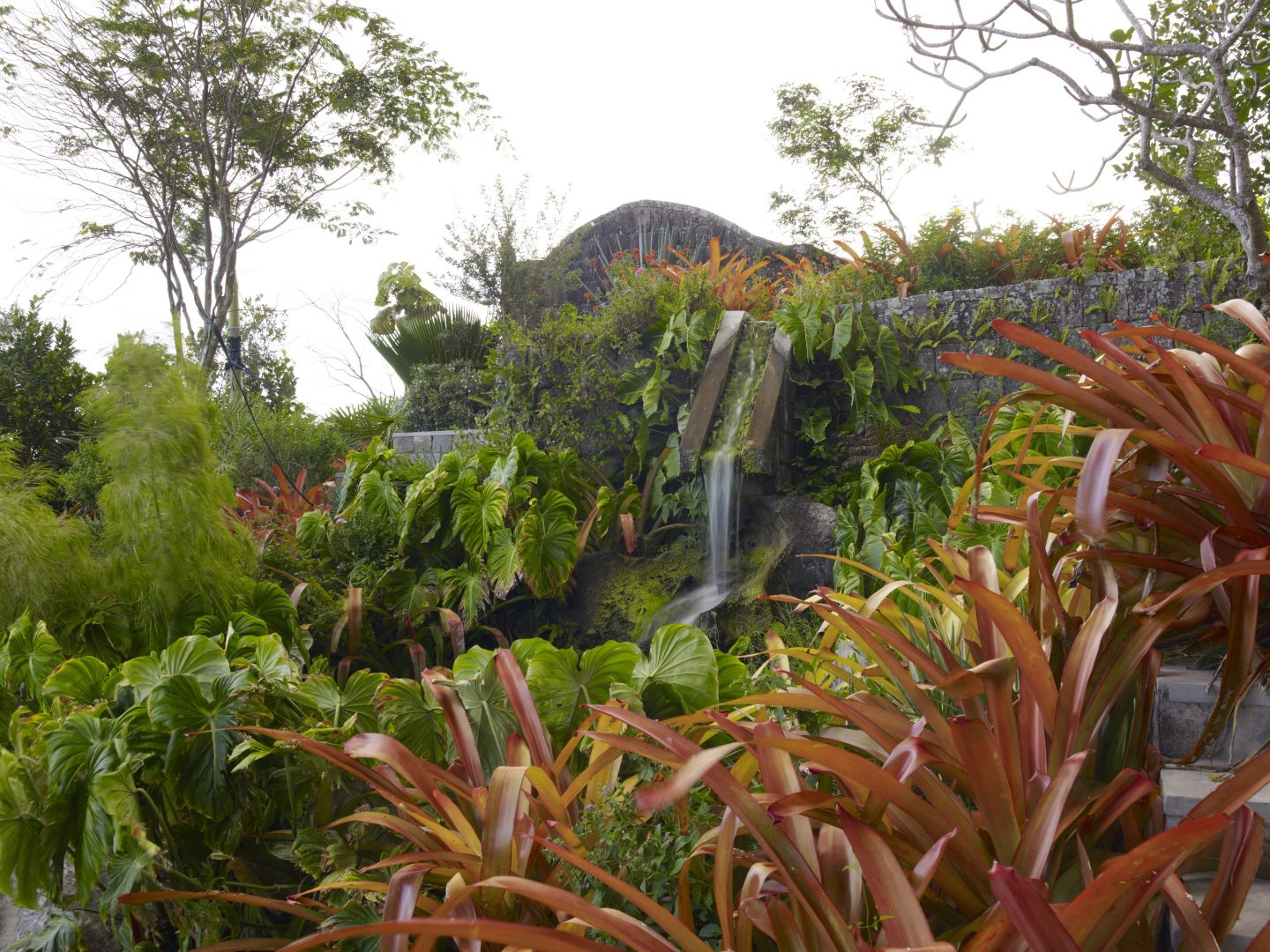
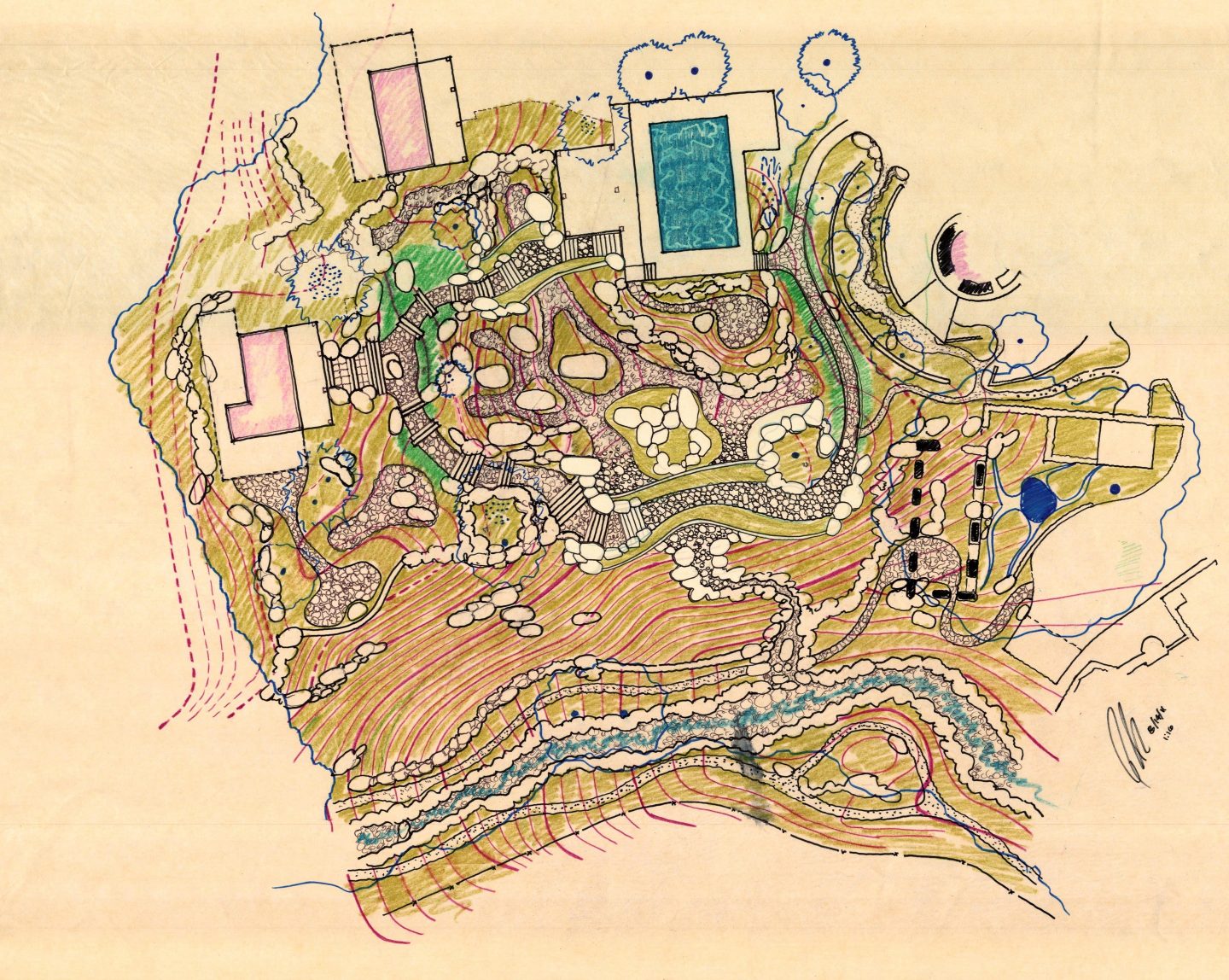
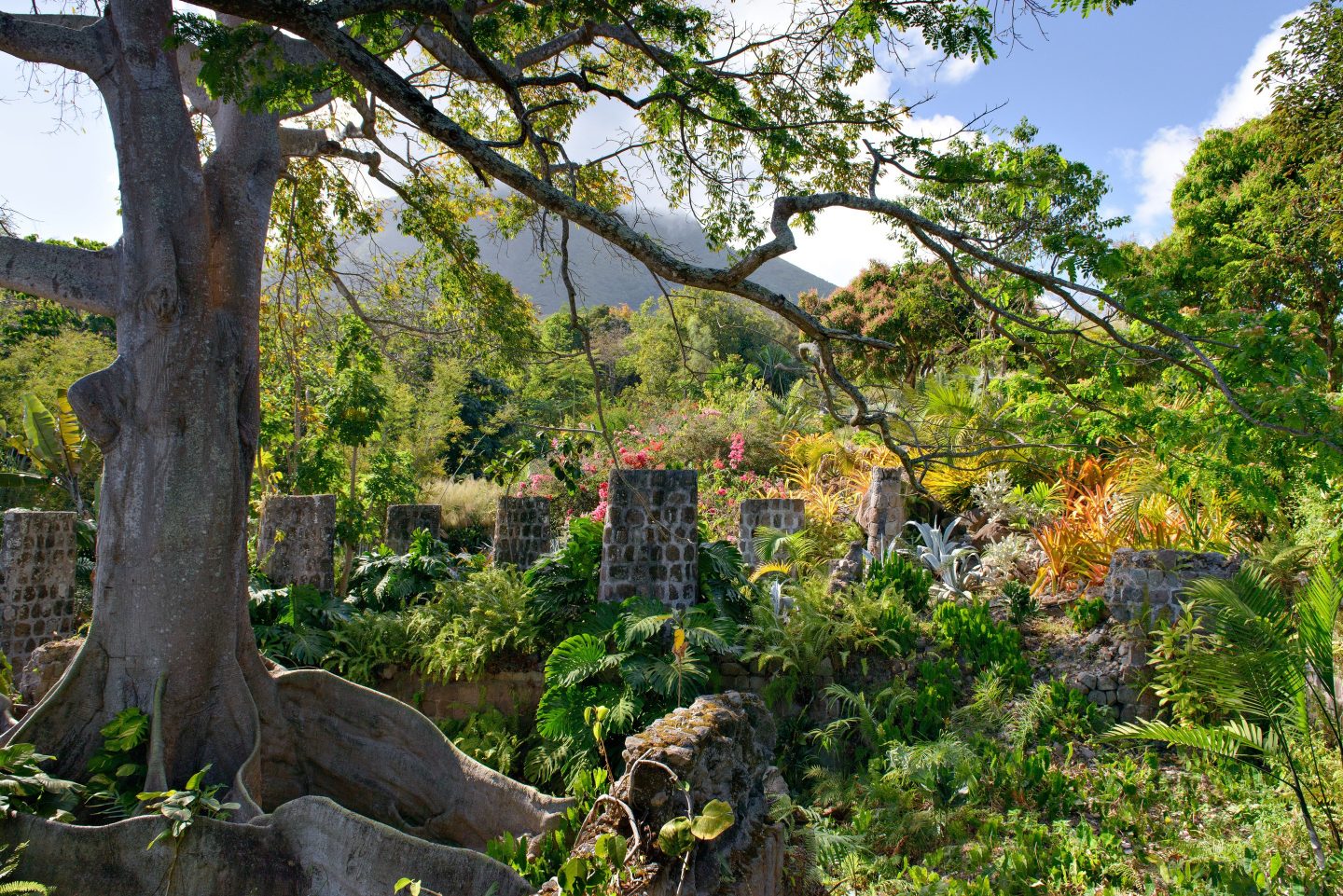
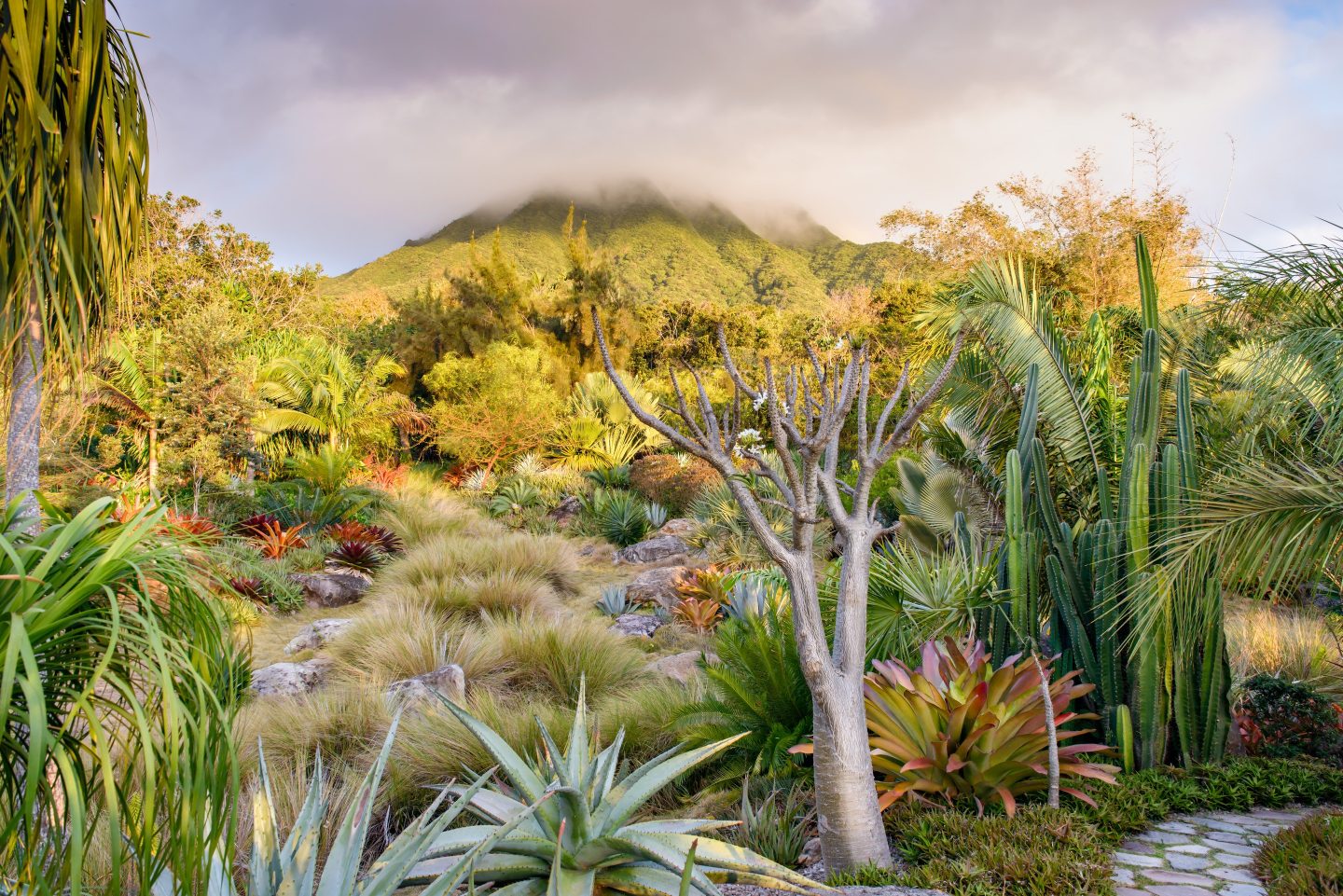
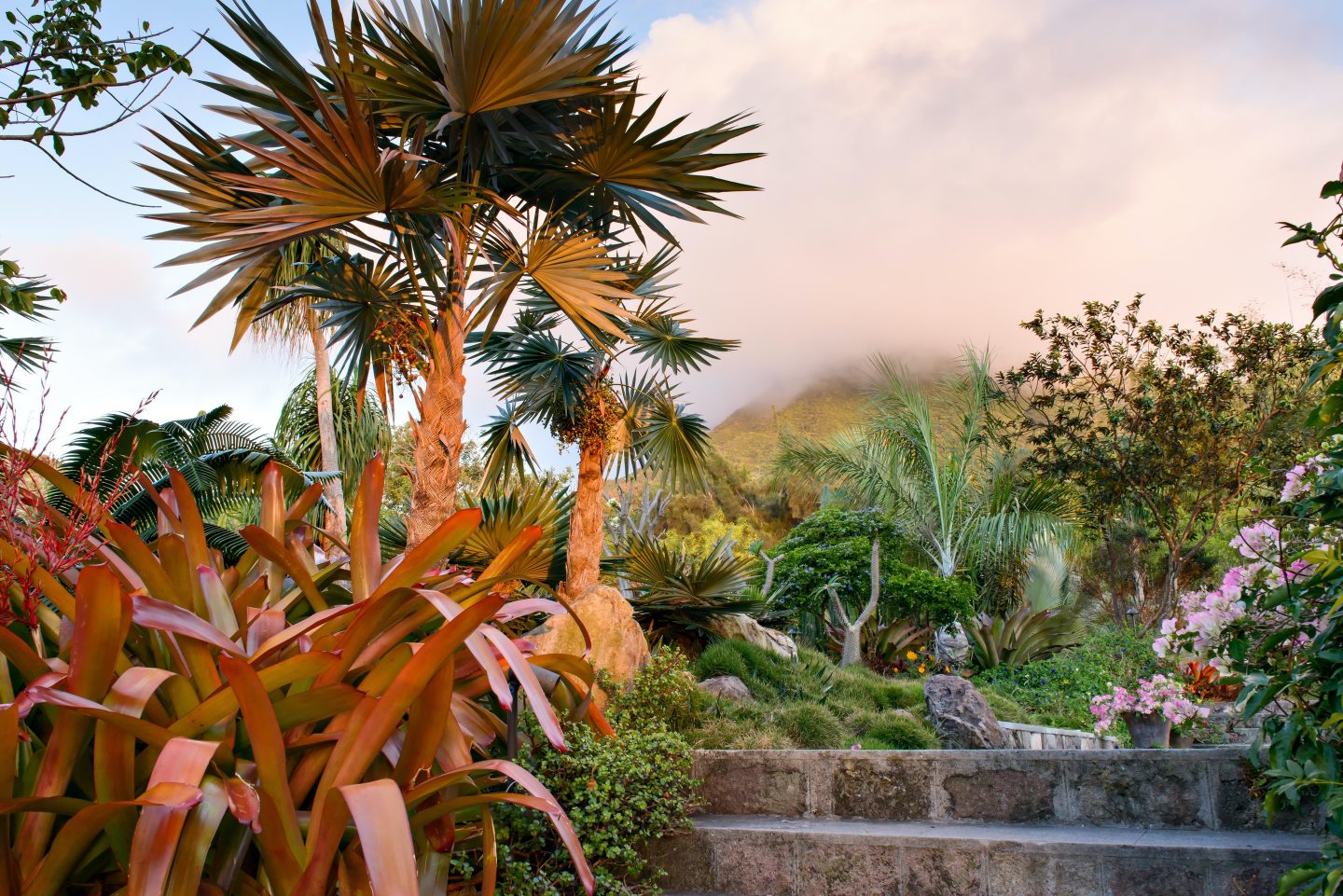
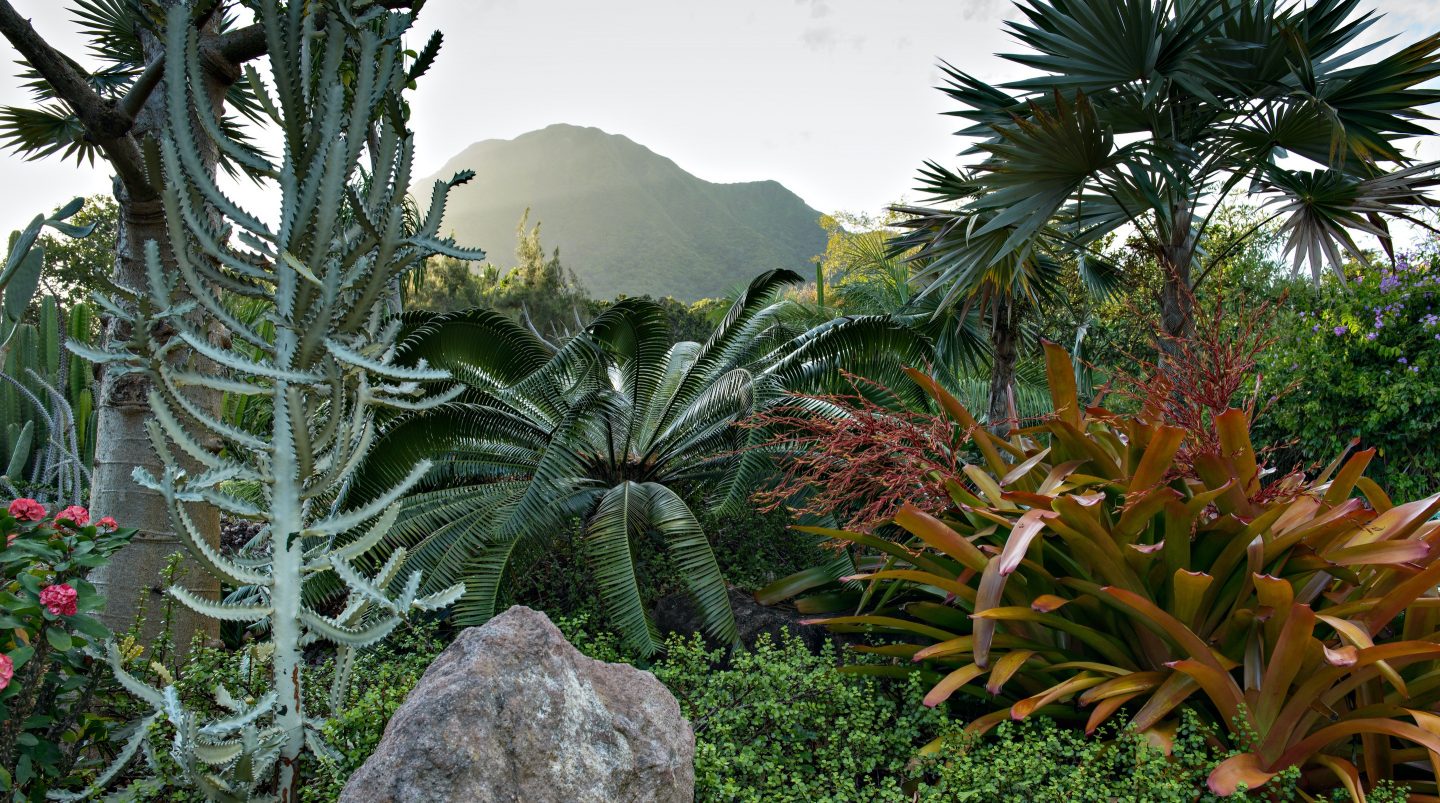
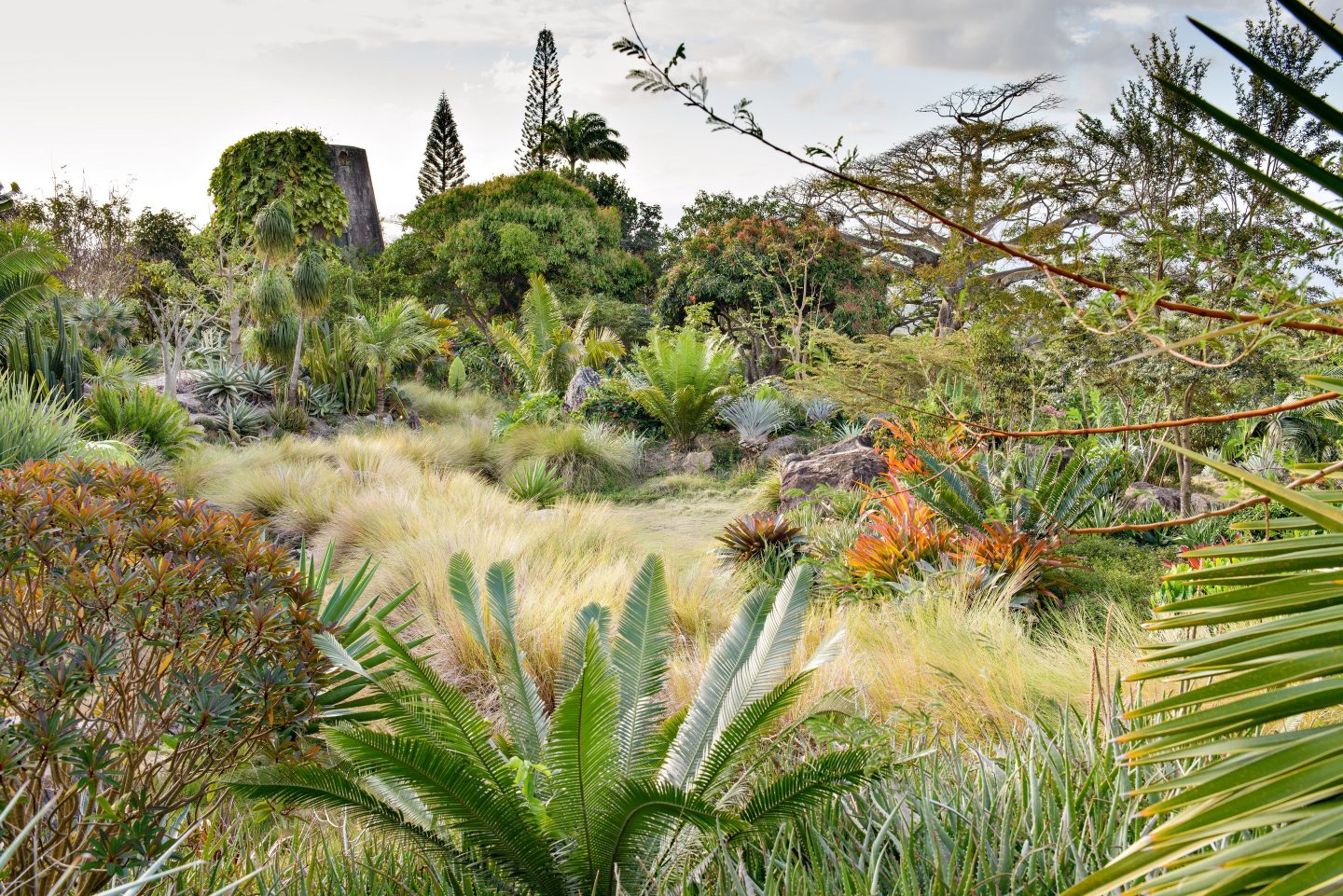
Previous
Miami Beach Botanical GardenNext
Eloise Pavilion
